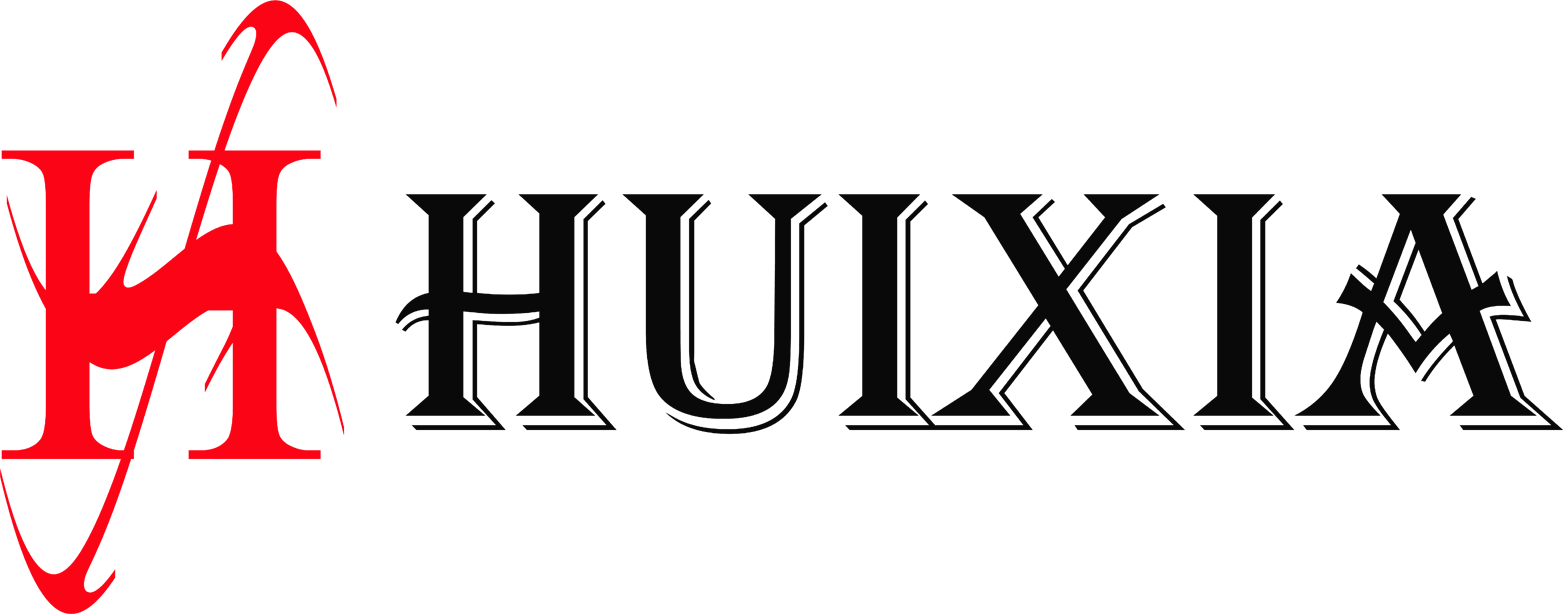3D Printing vs. CNC Machining COMPARING - TWO RAPIDPROTOTYPING ALTERNATIVES
In the product development phase there are many process options for creating models, prototypes, patterns or molds. Selecting the bestapproach requiresan appreciation for the project requirements, an understanding of the process conside rations, and an evaluation of the resulting time, cost and quality. Without this information, it is difficult to identify the optimal approach.
When designs are still fluid and product specifications are in flux, two common choices are 3D printing and CNC (computer numerical control) milling. Both can meet the needs for early concept models through functional prototypes without the delays imposed by mold, tool, or die making. Both processes can make parts in a variety of materials. And both technologies can produce the low part quantities needed for product development at a reasonable cost.
However, the similarities end there. In many ways, 3D printing is the opposite of CNC milling. Most notably, the factors that influence time and cost are quite different. Additionally, the size, shape and configuration of suitable or ideal parts for 3D printing are a reversal from the ideal for CNC machining. To choose between the two, a thorough understand of both processes is necessary.
With the assumption that the methods of CNC machining are generally understood, this white paper will elaborate on 3D printing to allow process selection based on an understanding of its capabilities and associated considerations.
TERMINOLOGY
Rapid Prototyping
In the 1990s, rapid prototyping was the term used for technologies that additively construct parts direct from 3D CAD data. Today the term applies to an application: making prototypes quickly to support product development evaluations and decision making. Additive ManufacturingTechnically speaking, 3D printing is a subset of additive manufacturing that includes either the technologies that were derived from early MIT patents (which called the method 3D printing) or those that represent the low-cost, desktop modelers.
However, 3D printing and additive manufacturing have become synonymous,with each term encompassing all applications, all technologies and all price points.
